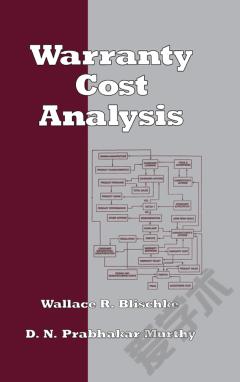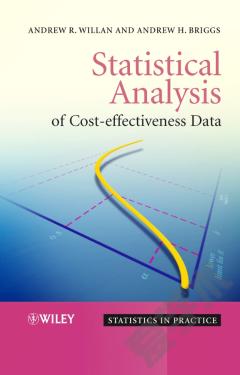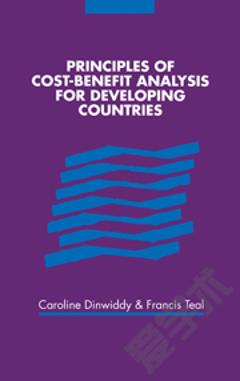Cost-Benefit Analysis
Should India build a new steel mill, or London an urban motorway? Should higher education expand, or water supplies be improved? These are typical questions about which cost-benefit analysis has something to say. It is the main tool that economics provides for analysing problems of social choice. It also provides a useful vehicle for understanding the practical value of welfare economics. This new book of readings covers all the main problems that arise in a typical cost-benefit exercise. It is entirely up-to-date, reflecting the most recent research in the area. Part I covers the main theoretical issues affecting cost-benefit analysis. Part II considers the problem of ascribing a monetary value to things. The third part covers six separate case studies drawn from real-life examples. The book begins with an extended elementary introduction written by the editors.
{{comment.content}}








 京公网安备 11010802027623号
京公网安备 11010802027623号